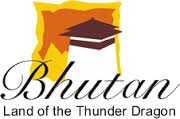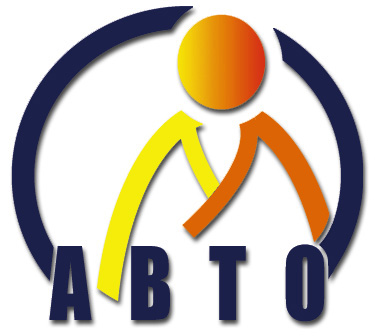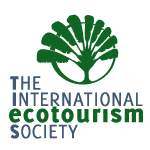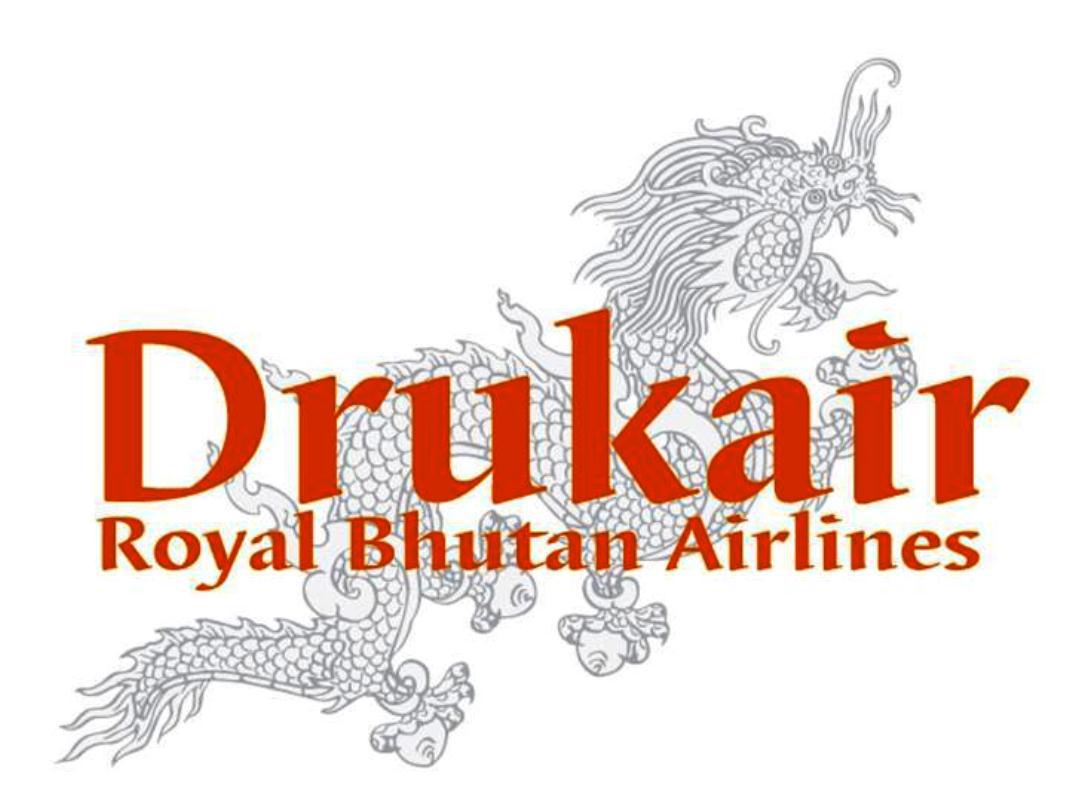Day 1 – Arrival in Paro, Bhutan
On a ridge immediately above Rinpung Dzong is Ta Dzong, originally built as a watchtower. In 1968, Ta Dzong was inaugurated as the first National Museum (Paro Ta Dzong), and now holds a fascinating collection of art, relics, religious thangkha paintings, Bhutan’s exquisite postage stamps, coins and handicrafts, together with a small natural history collection. Start or end your trip with a visit to this marvelous museum.
A morning drive, north of Paro valley brings us to the ruins of Drukgyal Dzong. Built in 1647 by the great Zhabdrung Ngawang Namgyal, father and unifier of medieval Bhutan, the Dzong was destroyed by an accidental fire and left in ruins as an evocative reminder of the great victories it was built to commemorate.Explore the ramparts and relive the memories of a glorious past.
Day 2 – Paro to Bumthang
We will take the domestic flight in the morning an head to paro for a day tour to Bumthang. Bumthang is one of the most spectacular valleys in Bhutan and also the heartland of Buddhism in Bhutan. It is an area with a wide variety of fauna and flora. The Guru Rinpoche and his lineage of Tertons (treasure finders) making Bumthang his home have led to more than 40 temples being built in this peaceful valley.
We will also visit Jambay Lhakhang, built in 659 by Tibetan King Sontsen Gampo to pin down a demoness who was obstructing the spread of Buddhism. Come October, the Jambay Lhakhang Drup is one of the most colourful festivals in Bhutan.
Jakar Dzong is pitched on a high ground overlooking the town junction, it was built as monastery in 1549 by the great grandfather of the Zhabdrung. It is now used as the administrative center for Bumthang district.
In the morning, we will hike to the Tamshing Goemba, built in 1501 by the Buddhist saint Pema Lingpa. We will also visit Kurjey Lhakhang (left-bottom), one of the most sacred monasteries in Bhutan. Built by the Guru Rinpoche in 1652, it houses a rock with his body imprint. Legend has it that Guru Rimpoche manifested as a Garuda to defeat the demon Shelging Karpo who had taken the form of a white lion.
Day 3 – Tour of the Dragon, Bumthang to Thimphu
Today is the day for the Tour of the Dragon mountain bike race. Starting in Bumthang, Central Bhutan the race travels 268 kilmoeters across four high mountain passes ranging 1,200 m to 3,340 m before concluding at the clock tower in the capital of Thimphu, Western Bhutan.
Follow the Bumthang Chhu 2,610 m and then climb to Kiki La 2,950 m to Yotongla 3,425 m and reach Pelela 3,390 m, followed by Dochula 3,116 m. After Dochula, it is all downhill to Thimphu 2, 320 m with a small climb only to the clock tower at Thimphu city square.
Day 4 – Sightseeing in Thimphu
The 169 feet bronze statue of Buddha Dordenma, Vajra Throne Buddha symbolising indestructibility will be completed soon. The Buddha statue itself is competed awaiting paintings, but visitors can drive up to the Buddha Point and view the tallest statue of Lord Buddha.
National Memorial Chorten – Built in honor of the late King Jigme Dorji Wangchuk.
Thimphu Dzong – The largest Dzong, is also the seat of the office of the King of Bhutan.
Institute of Zorig Chusum – Commonly known as the School of the Thirteen Arts, the Institute offers you a glimpse of novices learning 13 traditional arts and crafts of Bhutan.
Weaving Centre – Learn about Bhutan’s living national art of weaving.
Day 5 – Thimphu to Punakha
Dochula Pass – The 108 chortens was built by the present Queen Mother of Bhutan Ashi Dorji Wangmo Wangchuck to commemorate Bhutan’s victory over Indian militants and to liberate the souls of the soldiers lost.
Chhimi Lhakhang – A 20 minutes walk across terraced fields through the village of Sopsokha from the roadside to the small temple located on a hillock in the centre of the valley below Metshina. Ngawang Chogyel built the temple in 15th century after the ’divine Madman’ Drukpa Kuenlay built a small chorten there. It is a pilgrim site for barren women.
Punakha Dzong – Built in 1637, the dzong continues to be the winter home for the clergy, headed by the Chief Abbott, the Je Khenpo. It is a stunning example of Bhutanese architecture, sitting at the fork of two rivers, portraying the image of a medieval city from a distance. The dzong was destroyed by fire and glacial floods over the years but has been carefully restored and is, today, a fine example of Bhutanese craftsmanship.
Khamsum Yulley Namgyal Chorten – Built by the third Queen Mother Ashi Tshering Yangdon wangchuck this Chorten is a splendid example of of the Bhutanese architecture and art and is the only one of its kind in the world. It has been built over eight and a half years and its details have been drawn from religious scripture.
Day 6 – Punakha to Gangtey to Punakha
The valley of Phobjikha is well known as the winter home of the Black necked crane (Grus Nigricollis). Bhutan is home to around six hundred black-necked cranes with Phobjikha being one of the popular places that the birds migrate to in the winter months from the Tibetan plateau. The elegant and shy birds can be observed from early November to end of March. This is an old monastery that dates back to 17th century. Today we will do some short hikes around the valley of Phobjikha.
Back to Punakha for the night
Day 7 – Punakha to Thimphu
Textile Museum – Witnesses the art of traditional weaving.
Papermaking Factory – witnesses the art of papermaking.
Simtokha Dzong – Five miles from Thimphu, on a lofty ridge, stands Semtokha Dzong the oldest fortress in the Kingdom.
Folk Heritage Museum – Dedicated to connecting people to the Bhutanese rural past though exhibition of artefacts used in rural households.
Takin Enclosure & Sangaygang – On the way to the viewpoint over Thimphu is the home of Bhutan’s national animal, the Takin; a strange looking beast some say looks like a beestung moose.
Day 8 – Thimphu to Haa to Paro
Drive to Haa through Chele La (3,988m). From the pass you can see Paro valley on one side and then Haa valley on the other. You can also have a picnic at Chele La if you like to. In Haa, some sightseeing and then going to katsho village and visiting the Katso Lhakhang. The valley of Haa was only opened to Tourist in 2002 and Haa is the least visited valley in Bhutan due to the lack of Tourist infrastructure. This has helped in keeping Haa the way it has always been, with Bhutanese families living their traditional and simple life. There are no tourist standard hotels in Haa valley so we return back to Paro for the night.
After a day of hiking, perhaps its to explore the main street of Paro town and check out if there’s anything you will like to pick up as a souvenir!
Day 9 – Paro
Taktsang Monastery – A one hour hike to the cafeteria is also a vantage view whereby you can enjoy the stunning view of the monastery. Prayer flags adorn the cliffs and this is also where Guru Padmasambhava landed on the back of a tigress in the 8th century.
Kyichu Lhakhang – After a sumptuous local lunch, we will retrace our steps to visit Kyichu Lhakhang, one of the oldest temples in Bhutan.
Day 10 – Depart Paro
Today we will bid fond farewell to this beautiful Himalayan country and take an early flight back to Singapore. We hope by now you would have made some friends and also kept many photos and beautiful memories of Bhutan! And we look forward to seeing you again in this beautiful land of endless Enchantments! Tashi Delek!



 Call +975-17642585
Call +975-17642585














